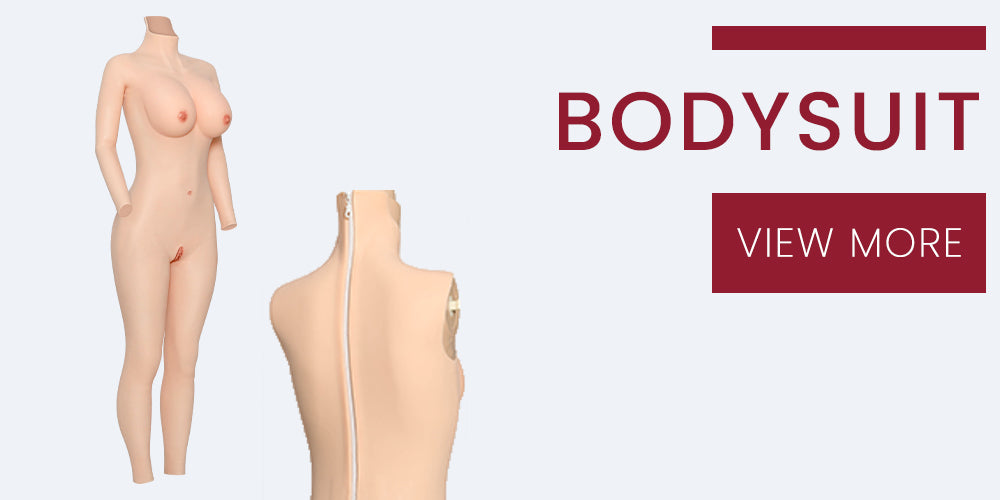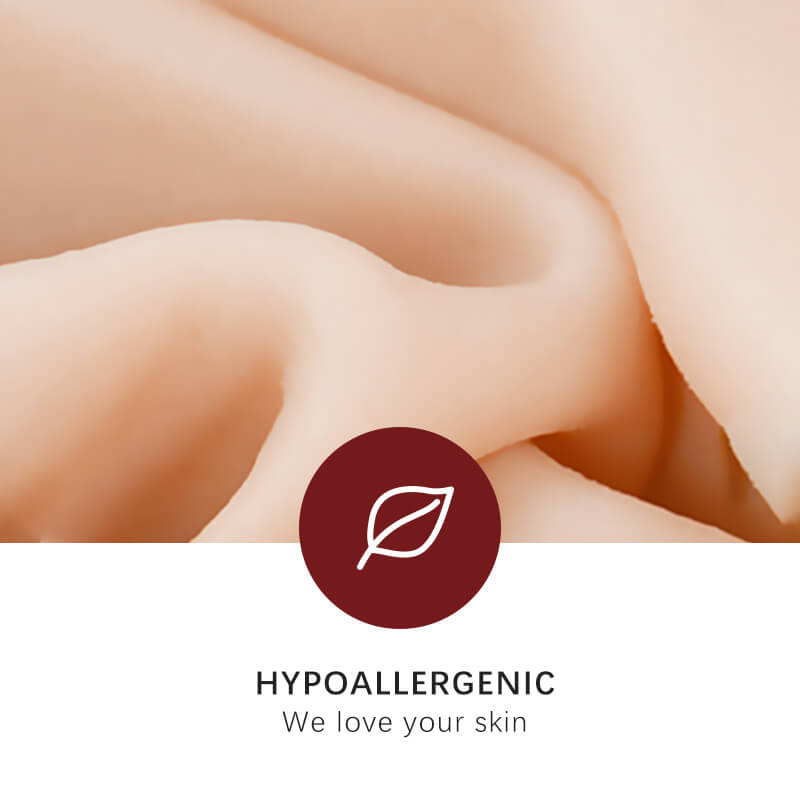The Different Materials Used in Breast Forms: Pros and Cons
Breast forms come in a variety of materials, each offering distinct advantages and disadvantages. This article will explore the different materials used in breast forms, helping you make an informed decision based on your needs and preferences.
Silicone Breast Forms
Silicone is the most popular material used in breast forms due to its realistic weight, feel, and movement. It closely mimics natural breast tissue, providing a natural look under clothing.
Pros:
- Realistic appearance and feel
- Durable and long-lasting
- Mimics the weight and movement of natural breasts
Cons:
- Heavier than other materials
- More expensive
- Can be hot and uncomfortable in warm weather
Foam Breast Forms
Foam breast forms are lightweight and breathable, making them a popular choice for post-surgical wear and during physical activities.
Pros:
- Lightweight and comfortable
- Breathable, ideal for warm weather and sports
- More affordable than silicone
Cons:
- Less realistic in appearance and feel
- Not as durable as silicone
- May not provide the same level of symmetry
Fiberfill Breast Forms
Fiberfill breast forms are soft and lightweight, making them a good option for those seeking a comfortable, everyday solution.
Pros:
- Lightweight and soft
- Affordable
- Easy to care for
Cons:
- Less realistic in feel and appearance
- May lose shape over time
- Not ideal for long-term use
Conclusion
Each material used in breast forms offers unique benefits and drawbacks. By understanding the pros and cons of each, you can choose the material that best suits your needs and lifestyle.








Leave a comment